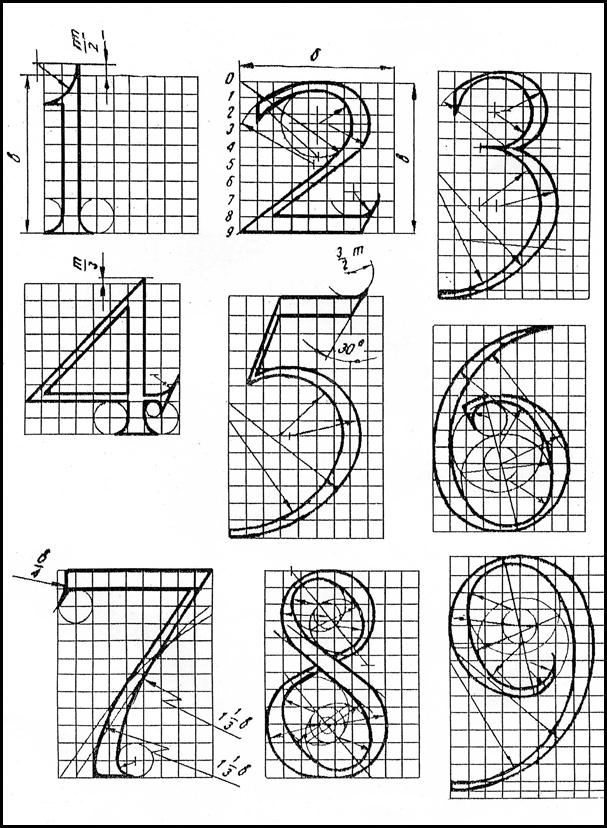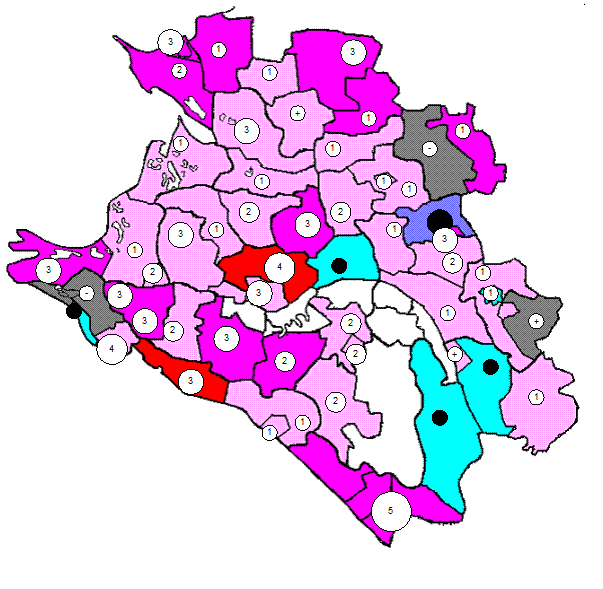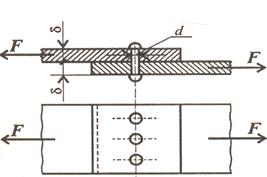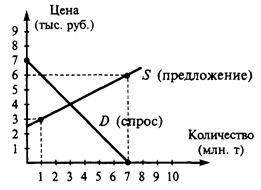Ownership of Resources
economies also differ as to who owns their productive resources. In a private-ownership economy, the basic raw materials, the productive assets of the society, and the goods produced in the economy, are predominantly privately owned. By this standard the countries like the United States or France have primarily private-ownership economies. However, even in the United States, public ownership extends beyond the usual basic services such as schools and local transportation systems to include such other activities as housing projects, forest and range land, and electric power utilities. In contrast, a public-ownership economy is one in which the productive assets are predominantly publicly owned. This was true of the former USSR and it is true to a great extent in present-day China. In China, however, private ownership exists in many sectors-including the rapidly growing part of the manufacturing sector that is foreign owned, mainly by Japanese and by Chinese from Taiwan, Hong Kong, and Singapore. So, there is a mix, in real world, of alternative ways of coordination and ownership models. The Coordination-Ownership Mix Leaving aside tradition because it is not the predominant coordinating method in any modern market economy, there are four possible combinations of coordination and ownership principles. Of the two most common combinations, the first is the private-ownership market economy, in which the market principle is the main coordinating mechanism and the majority of productive assets are privately owned. The second most common combination during the twentieth century has been the public-ownership planned economy; in which central planning is the primary means of coordinating economic decisions and property is primarily publicly owned. The two other possible combinations are a market economy in which the resources are publicly owned and a common economy in which the resources are privately owned. No modern economy has achieved either of these two hybrid types. Nazi Germany from 1932 to 1945 went some way toward combining private ownership with the command principle. The United Kingdom from 1945 to 1980 went quite a way toward a public-ownership market economy, because many industries and much housing were publicly owned. On balance, however, Germany and the United Kingdom were still best described as private-ownership market economies. (The United Kingdom’s privatization program in the 1980s returned most publicly owned assets to private ownership, thus firmly placing that country back in the ranks of private-ownership market economies.)
|




